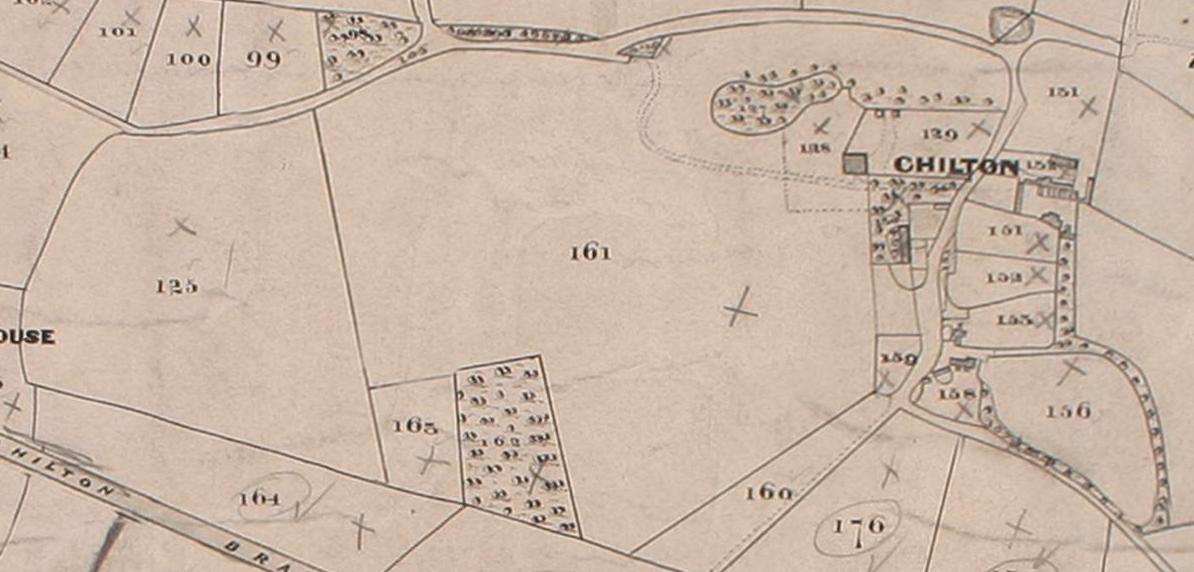Breeders, Bankers and Bankrupts
Genetic engineering is not a new science. In the eighteenth century it was known as 'agricultural improvement'. Among the most noted improvers were several farmers and landowners of Durham and Northumberland; now, sadly, overlooked by national historians. Successful breeders amassed considerable wealth. This wealth in turn helped fund the nascent banking system in the days before corporate investment and limited liability. This wealth also helped fund the early industrial expansion throughout northern England during the nineteenth century, which was based on the coalfield and railway network. Not all of this investment was prudent, with many of the bankers succumbing to bankruptcy. This short article examines how probate records reveal the fortunes and failures of some breeders who in time became bankers, and bankrupts.
1. Breeders
One such enterprising individual was Christopher Mason of Great Chilton Hall in County Durham. Mason made his will on 19th February 1819 following the death of his wife.

Upon his death in May 1836, Christopher Mason left an estate valued at £5,000, an estate that he had, in the usual form, made chargeable for all of his debts.
Mason died after an illness, and perhaps suddenly, and left his estate still encumbered with an outstanding debt of £11,000 for an exchequer loan made to the Clarence Railway underwritten by him. The tithe apportionments for the parish of Chilton reveal that in 1838 Mason's estate was in the hands of his trustees Frances James Crowe, David Neasham and James Wilson.
In a Directory of the time, Chilton is described as,
His mansion house which had

Notes
| 1 | Will of Christopher Mason. Ref: DPRI/1/1837/M9/1-2. |
| 2 | Parsons and White History, Directory and Gazetteer of the Counties of Durham and Northumberland, vol. 2, 1828, p243. |



